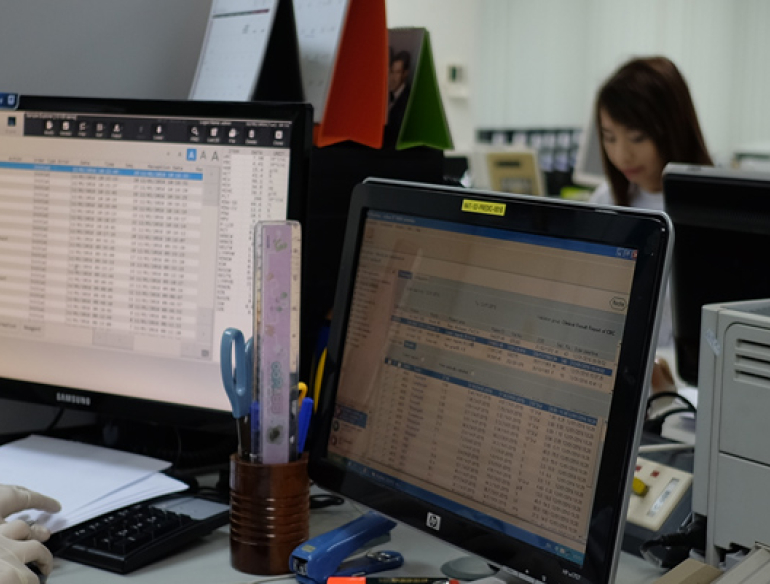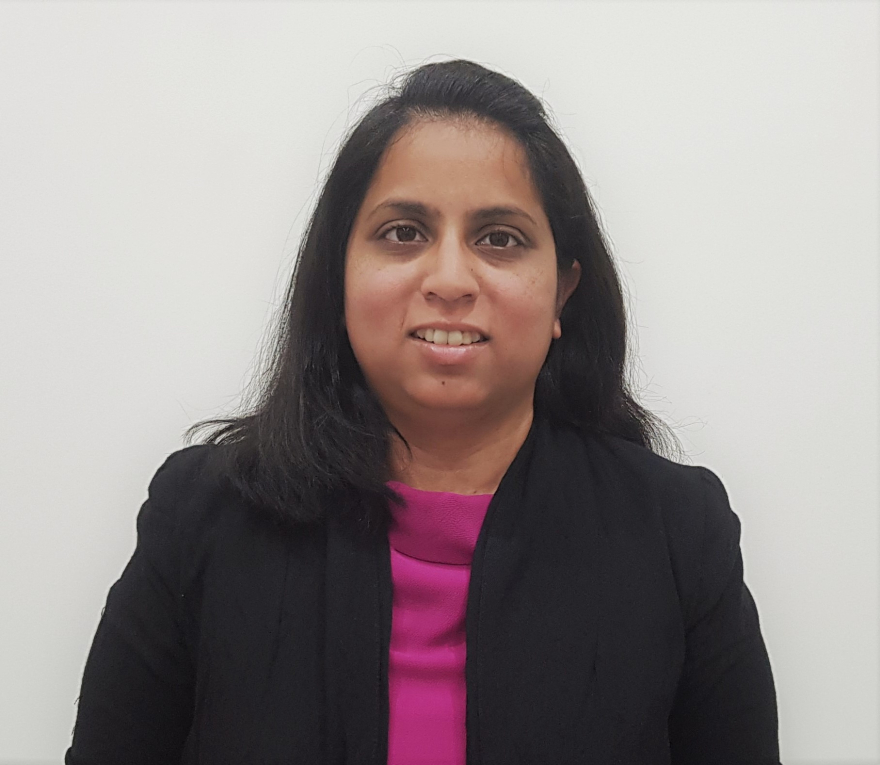An estimated 5.8 million children, adolescents, and adults are living with HIV in the Asia-Pacific region, with nearly 1,000 new infections occurring every day. While access to HIV treatment antiretroviral therapy (ART) has rapidly expanded, Asia persistently lags behind the global average. A diverse range of under-resourced health care systems, co-infections, drug resistance, and issues of long-term ART accessibility, are important considerations in the expansion and effectiveness of HIV treatment programs in the region. As regional treatment guidelines adopt recommendations for earlier ART initiation, the feasibility and outcomes of ART use, and the long-term impact of chronic HIV management in resource-limited settings, remain essential areas of investigation.
The collaboration with TREAT Asia, a program of the Foundation for AIDS Research, evaluates the impact of HIV disease, co-infections, and ART management on clinical outcomes in both adults and children in the Asia-Pacific. Our adult and paediatric cohorts, TAHOD and TApHOD, collect detailed prospective data on ART treatment, outcomes and risk factors, including on over 10,000 adults and 5,500 children. As the Asia-Pacific region of the International epidemiology Databases to Evaluate AIDS (IeDEA), a world-wide NIH funded collaboration, these studies also contribute to analyses that aim to understand changes in HIV treatment and outcomes globally.
The program is managed out of the TREAT Asia office in Bangkok. Participating sites from around the region are generally referral clinics and hospitals selected based on their HIV data recording, demographic, and geographic profile. Although a wide range of access to HIV treatments and monitoring tools exist across sites, standardised collection of clinical data is a key goal. Core variables include patient demographics, clinical stage and markers of disease progression, ART and prophylactic treatments, adverse events, routine laboratory tests, cancer diagnoses, ART adherence, drug resistance, non-communicable disease diagnoses, and pregnancy and birth outcomes. Clinic data are sent to the Biostatistics and Databases Program at the Kirby Institute every 12 months where they are quality checked, aggregated and subsequently analysed.
Since the inception of the TREAT Asia collaboration, network investigators have published over 230 analyses in peer-reviewed medical journals, creating a unique evidence base to support our understanding of regional HIV trends. Collaborations through IeDEA multi-regional analyses have a similar impact on global HIV epidemiology. For example, a 2021 multi-regional IeDEA analysis reported that after accounting for loss to follow-up and transfer, the estimated proportions of viral suppression 3 years after ART initiation were 65% for adults and 59% for children and adolescents. Global analyses are an increasing focus of this work, and are having an important impact informing WHO reports and guidelines, and supporting critical assumptions in mathematical modelling projects.
The TREAT Asia collaboration provides unique adult and paediatric data resources that help to understand the treatment environment for HIV-positive adults and children in Asia. Data from the collaboration illustrate how changes in treatment guidelines are translated into routine clinical practice. Our data are used by national health departments and international organisations such as the WHO and UNAIDS to understand the current treatment status of HIV-positive patients and to inform policy and focus HIV programming towards the most effective interventions.
The TREAT Asia HIV Observational Database (TAHOD):
- Bach Mai Hospital – Hanoi, Vietnam
- BJ Medical College and Sassoon General Hospitals (BJMC) – Pune, India
- Chiangrai Prachanukroh Hospital – Chiang Rai, Thailand
- Chennai Antiviral Research and Treatment Clinical Research Site (CART CRS), Voluntary Health Services (VHS) – Chennai, India
- Division of Infectious Diseases, Department of Internal Medicine, Yonsei University College of Medicine – Seoul, South Korea
- Faculty of Medicine, Ramathibodi Hospital, Mahidol University – Bangkok, Thailand
- Faculty of Medicine, Udayana University & Sanglah Hospital – Bali, Indonesia
- HIV-NAT/Thai Red Cross AIDS Research Centre – Bangkok, Thailand
- Hospital Sungai Buloh – Sungai Buloh, Malaysia
- Institute of Infectious Diseases – Pune, India
- National Center for Global Health and Medicine – Tokyo, Japan
- National Center for HIV/AIDS, Dermatology & STDs (NCHADS) – Phnom Penh, Cambodia
- National Hospital for Tropical Diseases – Hanoi, Vietnam
- Queen Elizabeth Hospital – Hong Kong, China
- Research Institute for Tropical Medicine, Manila, Philippines
- Research Institute for Health Sciences – Chiang Mai, Thailand
- Taipei Veterans General Hospital – Taipei, Taiwan
- Tan Tock Seng Hospital – Singapore
- TREAT Asia, amfAR - The Foundation for AIDS Research – Bangkok, Thailand
- University of Malaya Medical Centre (UMMC) – Kuala Lumpur, Malaysia
- Working Group on AIDS, Faculty of Medicine, University of Indonesia/Cipto Mangunkusumo Hospital – Jakarta, Indonesia
The TREAT Asia Paediatric HIV Network (TApHOD):
- CCNH – Phnom Penh, Cambodia
- Chiang Mai University – Chiang Mai, Thailand
- Chiangrai Prachanukroh Hospital – Chiang Rai, Thailand
- Children’s Hospital No. 1 – Ho Chí Minh City, Vietnam
- Children’s Hospital No. 2 – Ho Chí Minh City, Vietnam
- Cipto General Hospital – Jakarta, Indonesia
- HIV-NAT/Thai Red Cross AIDS Research Centre – Bangkok, Thailand
- Hospital Kuala Lumpur – Kuala Lumpur, Malaysia
- Hospital Likas Kota Kinabalu – Sabah, Malaysia
- Hospital Raja Perempuan Zainab II – Kota Bharu, Kelantan, Malaysia
- Khon Kaen University – Khon Kaen, Thailand
- National Center for HIV/AIDS, Dermatology & STDs (NCHADS) – Phnom Penh, Cambodia
- National Hospital of Pediatrics – Hanoi, Vietnam
- National Pediatric Hospital – Phnom Penh, Cambodia
- Penang Hospital – Penang, Malaysia
- Sanglah Hospital – Bali, Indonesia
- Siriraj Hospital – Bangkok, Thailand
- Social Health Clinic – Phnom Penh, Cambodia
- TREAT Asia, amfAR - The Foundation for AIDS Research – Bangkok, Thailand
- YRG CARE – Chennai, India
- National Institutes of Health (NIH) grant number U01AI069907


